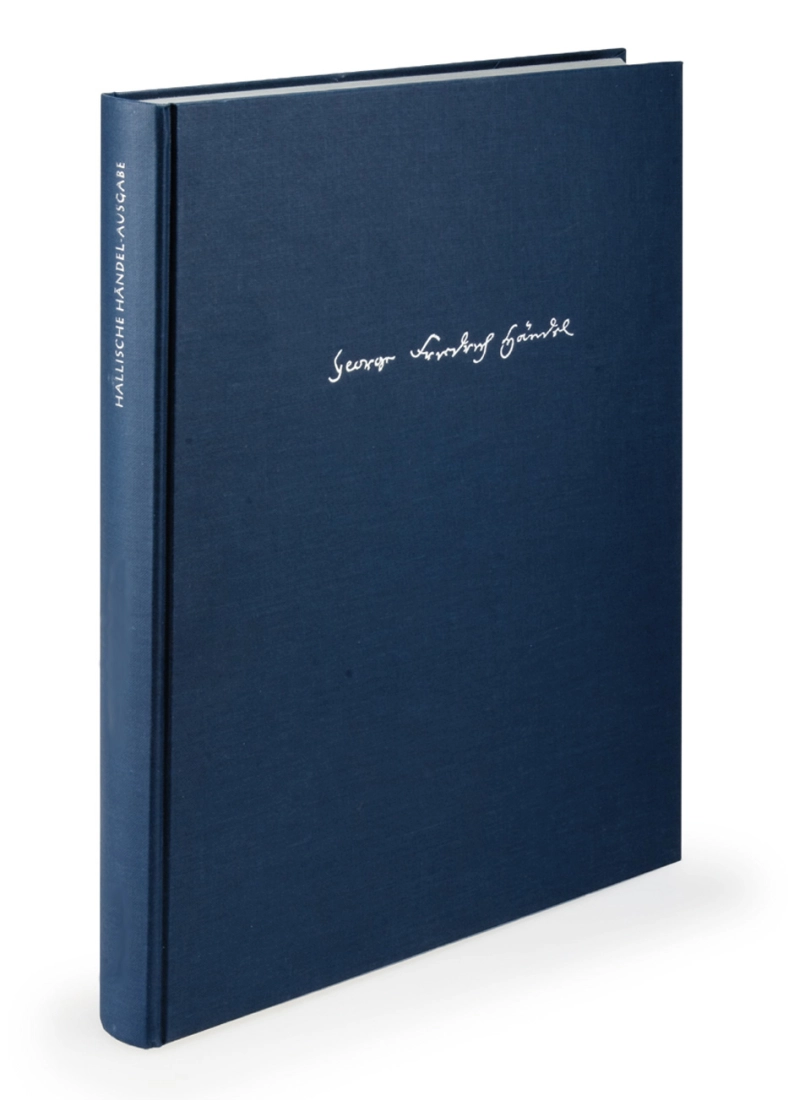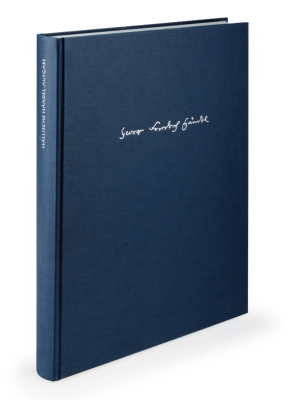Opens in a new window
Baerenreiter Verlag Acis and Galatea HWV 49a (First version) - Handel/Windszus - Full Score - Book

- Author/Composer:
- HANDEL, GEORGE FRIEDRICH
- Instrumentation:
- FULL SCORE
- Model #:
- BA4039-01
Editor: Wolfram Windszus
Format: Book, Urtext Edition
Version: Full Score
Handel set the myth about the love of the shepherd Acis for the sea nymph Galatea from Ovid's Metamorphoses a total of three times: in the cantata Aci, Galatea e Polifemo HWV 72 (1708), the masque Acis and Galatea HWV 49a (1718), and finally the pasticcio-like serenata Acis and Galatea HWV 49b (1732).
This species of stage work was related to the early eighteenth-century English masque by virtue of its choral numbers and straightforward formal design, and to the Italian serenata due to its use of one voice to a part in the choruses. In the England of Handel's day it was given a multitude of generic names: besides "masques", such works were often called "little operas", "English operas", or "pastoral operas" (the term "serenata" had not yet entered English parlance). Handel himself did not specify the genre of Acis and Galatea in his autograph score, and probably as a result uncertainty arose among copyists, printers and performers as to the work's proper designation, for it has come down to us with a confusing array of generic titles. Handel wrote the piece for James Brydges (1674-1744), Earl of Carnarvon and later Duke of Chandos, at whose country estate in Cannons the composer spent the years 1717 and 1718.
Contents:
- Zur Edition
- Vorwort
- 4 Faksimiles
- Masque, 22 Teile
- Anhang:
- 9a. Chorus Happy, happy we (Fassung mit Carillon)
- 9b. Chorus Happy, happy we (Fassung ohne Carillon)
- 10a. Chorus Wretched lovers (gekurzte Fassung von 1739)
- 20a. Recitative Cease, galatea, cease to grieve (Damon, 1739 Ersatz fur Nr. 20)
- Kritischer Bericht
Q & A
There are currently no questions for this product.
Reviews
There are currently no reviews for this product. Be the first to write one!





